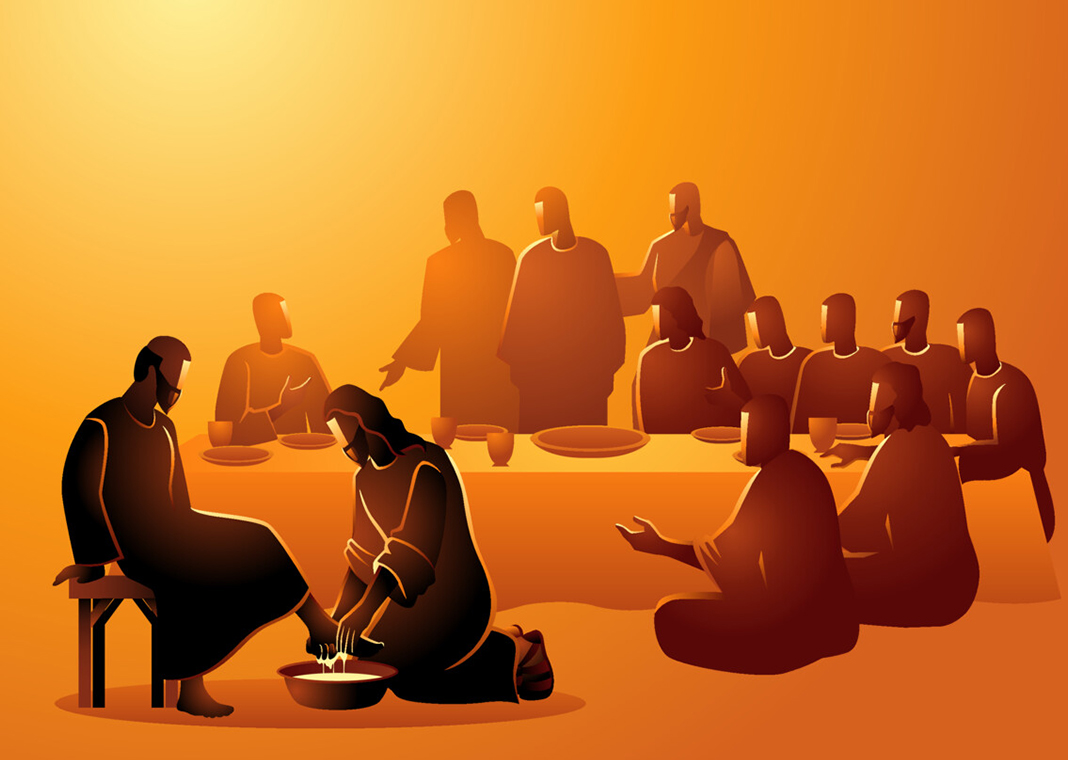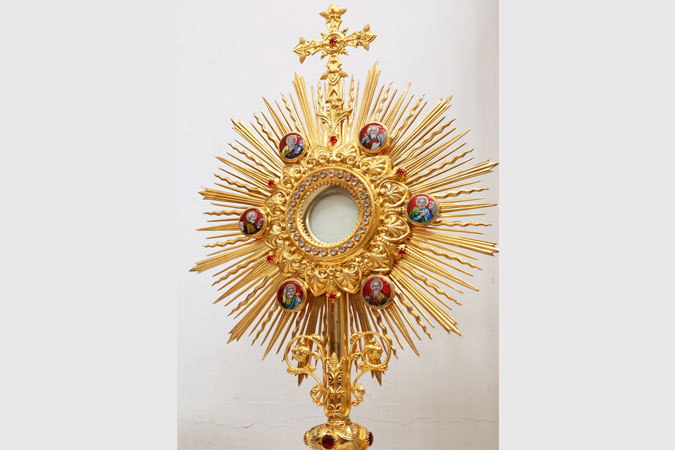
The Triduum—the three days from the Holy Thursday Mass of the Lord’s Supper to the end of Easter Sunday—marks the most important time of the Church year. Unfortunately, many families don’t participate in all three days. Some go to parts of it, but few have a sense of the three days as a full experience. How can catechists teach the meaning and importance of the Triduum?
As a Confirmation catechist, I always teach about the Triduum during the week preceding it. I walk students through what happens at the liturgies of Holy Thursday, Good Friday, the Easter Vigil, and Easter morning. I emphasize that they cannot fully understand the Resurrection on Easter Sunday unless they have walked with Jesus through his humiliation, suffering, and Death.
With that in mind, here are 10 ways to help children appreciate the Triduum.
- Participate in the Triduum yourself. To teach it well you will need to experience it. Nothing I can tell you substitutes for the depth of these liturgical experiences. Certainly you can present a good slideshow or video, but without your own experience, it will lack passion and authenticity.
- Ask students who have attended any of the three days to share their experiences. Ask them to share what they remember and what stood out for them.
- Make sure to emphasize the importance of the Triduum. It is about the mystery of faith—the dying and rising of Jesus Christ—the very reason we have a Church.
- Communicate a sense of awe and mystery. These are profound, solemn celebrations.
- Show how the liturgies of Holy Thursday, Good Friday, and the Easter Vigil are one continuous celebration. On Thursday, we depart in silence. On Friday we enter and depart without greeting or dismissal. At the Easter Vigil, we open with the blessing of the paschal candle, and the final dismissal with its signature Alleluia sends us forth from all three celebrations.
- Help children see the shape of the liturgy—its high and low points, the contrasts between darkness and light. Help them understand the emotions of those who follow Jesus on this journey.
- Help students see the beauty of the singular rituals: the washing of feet and the procession and Adoration of the Eucharist on Thursday; the solemn intercessions and Veneration of the Cross on Friday; the blessing and lighting of the fire, the Exsultet, the readings of the Vigil (especially Exodus), the return of the Gloria and Alleluia, and the Baptism of the Elect at the Easter Vigil.
- Explain how much work goes into preparation for these liturgies. Many people from many parish ministries work together to carry out the work of the Triduum.
- Connect the initiation of new Catholics to the Renewal of Baptismal Promises. This is not just about those being baptized, but also about those of us who have already been baptized.
- Make students hungry for the experience, and challenge them to ask their parents to bring them to the liturgies of the Triduum.




I am a level 5 catechist and I am teaching about the Easter Triduum this Sunday. I always teach about the Easter Triduum.
I have beenteaching Level 6 fot the past 5 years and always look for new ways of improvising my lesson plans for the season. The washing of feet have been very overwhelming for some of my kids.. this year is the fifst time I m teaching anout tje triduum n found yr article in formative…. I will surely use them… thank u….
I love the bible so I’m more than happy to teach about anything in the bible like the triduum.